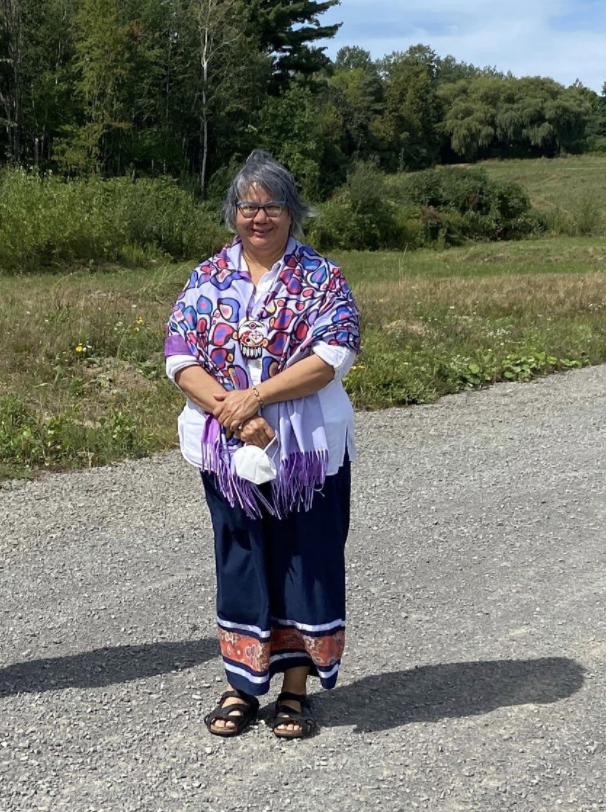Treaties
Indigenous Peoples made treaties or agreements with each other long before the arrival of the settlers. These treaties helped to resolve conflicts and maintain good relationships between Indigenous groups. There is a long history of treaties between Indigenous people and the Crown(Government of Canada). There are 70 historic treaties and 24 Modern Treaties. This year is the 150th anniversary of Treaty 1 and Treaty 2 in Manitoba.
Indian Act
The Indian Act was created in 1876 and its goal was that the settlers would have control over all aspects of Indigenous culture. It forced a framework that excluded Indigenous people from owning property, voting and even prohibited Indigenous people from gathering in groups. The Indian Act forced children to attend residential schools.
Unceded Territory
There are vast areas of Canada that are not covered by treaties. This includes most of British Columbia, Newfoundland and Labrador, and Quebec. Indigenous Knowledge Keepers state firmly that treaties that were made were not “surrenders.” The Treaties represent an agreement to share the land and the goal is for all residents of Canada to live together in mutual harmony.
Land Claims
Despite the intention that treaties were not surrenders, a great deal of land was taken from First Nations people. Some of the land was sold and the government allowed construction on Indigenous land. Entire Native communities were relocated, and some homes were burned to prevent people from returning home.
Over the past few decades, Indigenous people have worked very hard to create new treaties or agreements. In some cases, compensation is sought to address the wrongs of the past.
“Land back isn’t just about the return of land, like physically… I want to be clear about that. It’s about First Nations being able to benefit from the land that the Creator placed us on. We have Creator-given rights. We were placed on these lands by the Creator, and we have sacred responsibilities to those lands and waters and animals and all the resources.
Land back is about making sure that First Nations are managing and upholding their responsibilities to the land and benefitting from the land, because that’s what treaties were about and are about: to have mutual benefit, to share the resources with the newcomers and settlers, to make sure that their lives would be filled with peace and friendship, which is what those first treaties were about as well.
So, the mechanism does exist. Of course, it does. But are governments willing to do that today? Maybe not. But we must start discussing it and moving toward it in some manner, because this is one of the great injustices in our shared history. First Nations have been placed here on Turtle Island, of which Canada is a part, and there’s such vast, enormous wealth that’s being taken from our lands and resources. Everybody can come to this country and build wealth and prosperity, but the people who have the God-given rights to this land. They are often living in conditions that are not equitable and not equal to everybody else. I think that’s a big part of what land back is about, as well as creating that sense of equality and equity and prosperity and making sure that First Nations benefit from their land,” RoseAnne Archibald, National Chief of the Assembly of First Nations, 2021.
